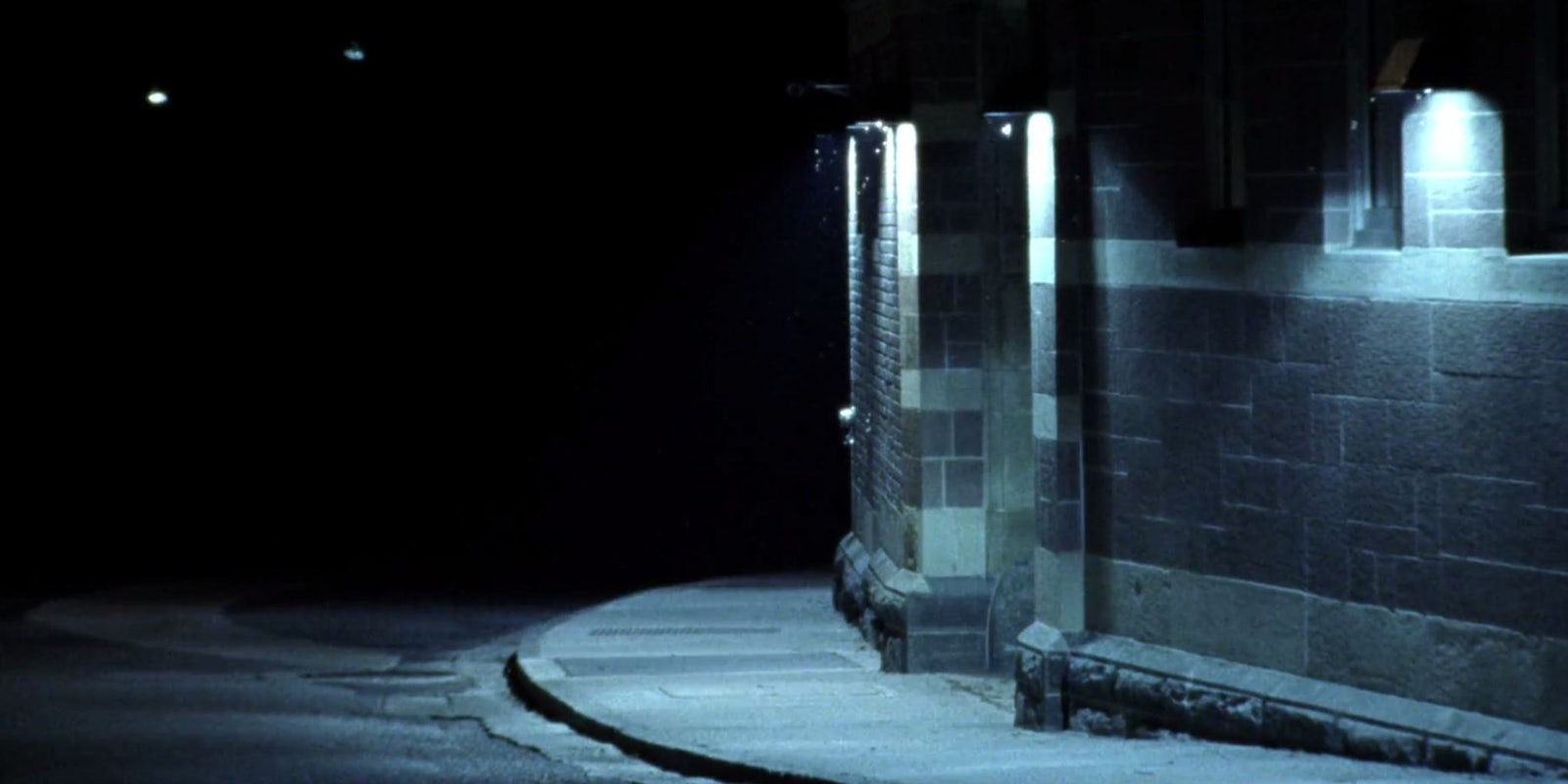After two and a half decades, one of America’s most notorious criminal cases is closing. The case of the Central Park jogger, which saw five men wrongfully incarcerated and subsequently exonerated for Trisha Meili’s rape and beating, will be settled in New York for a reported $40 million sum.
It’s a fittingly sensational end to a sensational story of innocence, corruption, and class divides. But those new to the case—either too young or too far away to have been paying attention when it unfolded in 1989—might need a refresher of its details, of what made it such a remarkable failure of the criminal justice system. For that, we turn to The Central Park Five, a 2012 documentary by Ken and Sarah Burns and David McMahon. It’s currently available for streaming on Netflix, on DVD from PBS, for purchase on YouTube, and is absolutely essential viewing.
This review originally appeared in the Austin Chronicle in April 2013.
•••
Late Eighties New York was a city of schism: black vs. white, rich vs. poor, haves vs. have-nots. After a decade of Wall Street boom and the introduction of crack cocaine to the urban core, the wedge between rich whites and poor blacks was driven deeper than ever.
So then, when a white female jogger turned up raped and brutally assaulted in Central Park the same night that a pack of young black hoodlums was admittedly terrorizing other pedestrians and cyclists in the area, the New York Police Department—and, in turn, the city—was quick to turn on five young minority kids from Harlem: Yusef Salaam, Raymond Santana, Kevin Richardson, Antron McCray, and Kharey Wise. In the bow on top of the case, all five confessed to having committed the crime.
Trouble was, all five were innocent.
In Ken Burns’ latest documentary (with co-directors Sarah Burns and David McMahon), The Central Park Five, which premiered last week on PBS and comes out on DVD today, just after the 24th anniversary of the case, the notable director slowly unfolds the details of the case, painting a picture of a frantic New York, five confused kids, and a criminal justice system intent on immediately—and publicly—apprehending a suspect in the case. Though the NYPD officials involved in the case did not comment, Burns includes interviews with all five of the boys (now in their mid-30s), as well as reporters who covered the case and who knew well the political climate in the city at the time. And, in typical Burns style, he intersperses archival footage from the trials in a compelling and infuriating patchwork.
The case itself is quite unique, but some of its particulars—the interrogations and subsequent confessions, the mismatched timelines, the unfortunate aftermath—are universal frustrations with the criminal justice system to this day. While DNA evidence has undoubtedly improved in recent decades, the technology wasn’t at issue at the time. No, as one puts it: “Confessions are irresistibly persuasive.” And the exhaustion the boys faced after hours upon hours of brutal interrogation is mirrored in that of Juror No. 5, who finally relented, saying “I was wiped out … I found some cockamamie excuse to vote guilty just to get out of there.”
It’s an immensely sad tale of five kids who lost their youth and a total of 38 and a half years of their lives to criminal injustice – a sadness capped off by the epilogue, which states their civil rights lawsuit against the city remains unresolved to this day.
You can count on Ken Burns to deliver a heartrending and compelling tale, but with a case like this, even the facts alone are sufficiently depressing.
Correction: An earlier version of this story republished an error about the nature of the 1989 crime against the Central Park jogger. This version has been corrected to reflect the nature of the charges brought against the Central Park Five.
Photo via PBS/YouTube


